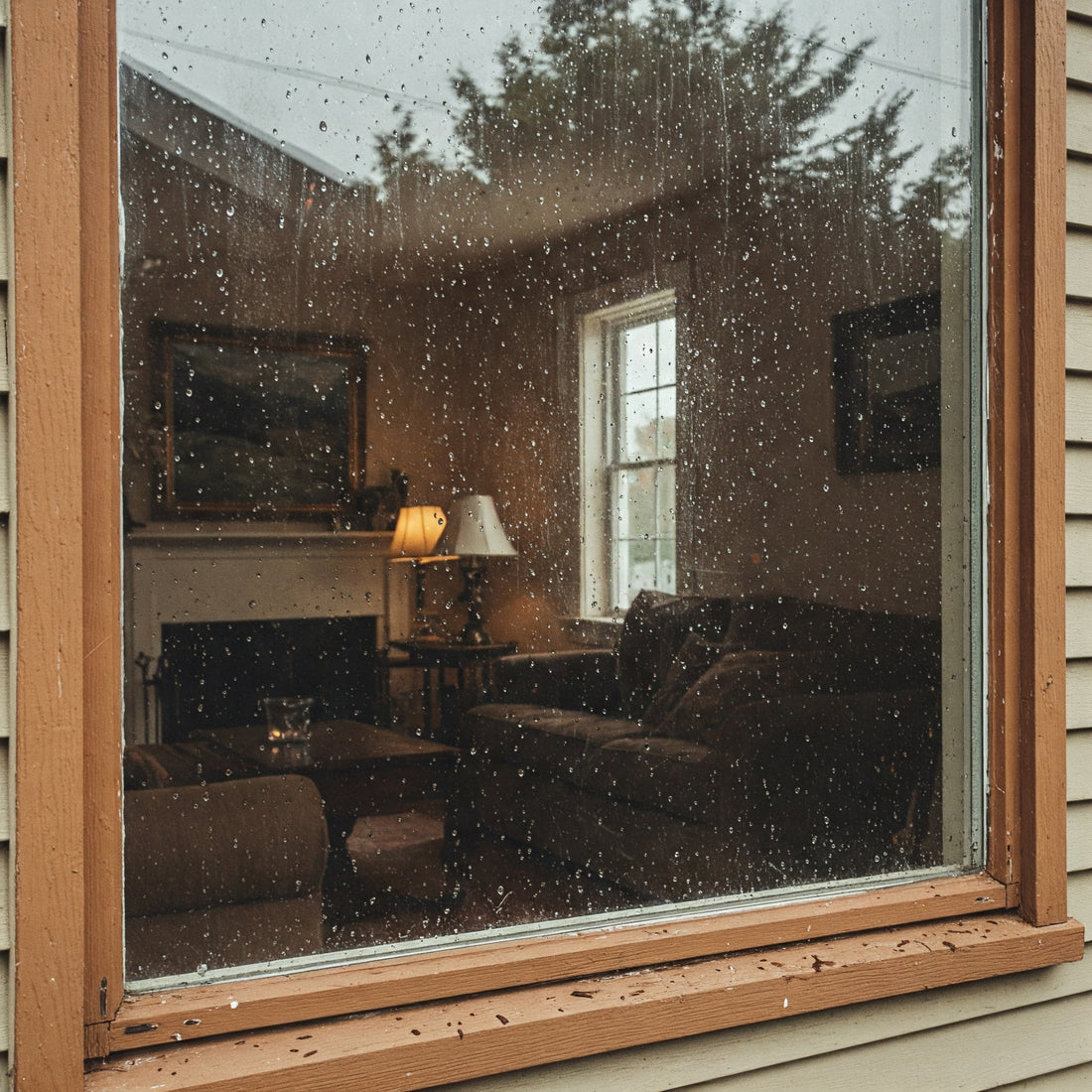
Why Windows Get Streaks — and How Professionals Keep Them Spotless
Share
Introduction: Why Streak-Free Windows Are Harder Than They Look
Cleaning windows seems simple — spray, wipe, and you’re done. But anyone who’s tried it knows the frustration of streaks that appear as soon as the sunlight hits.
Streaks aren’t just about technique; they’re rooted in science — from water composition to evaporation rates. Understanding why they form is the first step to getting the professional-quality shine you want.
1. The Chemistry of Streaks: What’s Left Behind
Most window streaks form because impurities remain on the glass after cleaning.
When water or cleaning solution evaporates, minerals, soap residues, and contaminants are left behind — creating visible streaks or film.
Common causes include:
- Hard water minerals (calcium, magnesium)
- Residue from soaps or ammonia-based cleaners
- Dirty rags or paper towels redepositing grime
-
Incomplete rinsing or drying
In short: streaks are the physical evidence of what didn’t evaporate cleanly.
2. Temperature & Timing: The Evaporation Factor
Streak formation is heavily influenced by environmental conditions. When glass or air is too hot, water evaporates faster than it can be wiped away — leaving mineral traces.
Science Tip:
On a sunny or windy day, cleaning solution evaporates unevenly, causing streaks. That’s why professionals clean windows early in the morning or late afternoon, when temperatures are cooler and glass surfaces are shaded.
3. The Water Quality Secret: Why “Pure Water” Wins
Professional window cleaners often use deionized or purified water systems — and there’s a reason.
Regular tap water contains dissolved minerals and ions, which dry into spots and streaks. Pure water, on the other hand, has had these impurities removed through reverse osmosis (RO) or deionization (DI).
How Pure Water Cleaning Works:
- Removes all minerals that cause streaking.
- Attracts dirt like a magnet (due to ionic balance).
-
Evaporates without leaving residue — resulting in a truly streak-free finish.
This technique is especially effective for multi-story or exterior windows, where spotless results are visible even from a distance.
4. Tools & Techniques That Make the Difference
Pros don’t just rely on better water — they use precision tools and methods to minimize streaking.
Professional Techniques Include:
- Squeegees with sharp rubber blades to evenly pull water off the glass.
- Microfiber cloths instead of paper towels for lint-free drying.
- “S” pattern cleaning for even coverage and less dripping.
-
Edge detailing to remove any remaining moisture along the frame.
Each tool and movement is designed to control water flow, reduce residue, and ensure a flawless finish.
5. Common Mistakes That Cause Streaks at Home
Even with the best intentions, DIY window cleaning often leads to streaks because of small but important missteps.
Avoid these streak-causing habits:
- Cleaning windows in direct sunlight
- Using too much cleaner (more isn’t better)
- Reusing dirty towels or squeegees
-
Neglecting to clean window frames and edges
Fixing these habits instantly improves clarity and reduces frustration.
6. The Professional Advantage
Professional window cleaners combine science, technique, and timing to achieve streak-free results every time. They understand how glass temperature, water chemistry, and airflow interact — and they use purified water, high-grade squeegees, and microfiber drying to leave no trace behind.
Hiring professionals doesn’t just save time — it delivers safety, precision, and optical clarity that DIY methods rarely match.
Conclusion: Clarity Comes from Chemistry and Technique
Window streaks aren’t just a cleaning problem — they’re a science problem.
From mineral residues to evaporation rates, understanding the physics and chemistry of streaks explains why professional methods work so well.
With the right timing, tools, and pure water technology, anyone can enjoy crystal-clear, streak-free windows that let the light — and the view — shine through.
